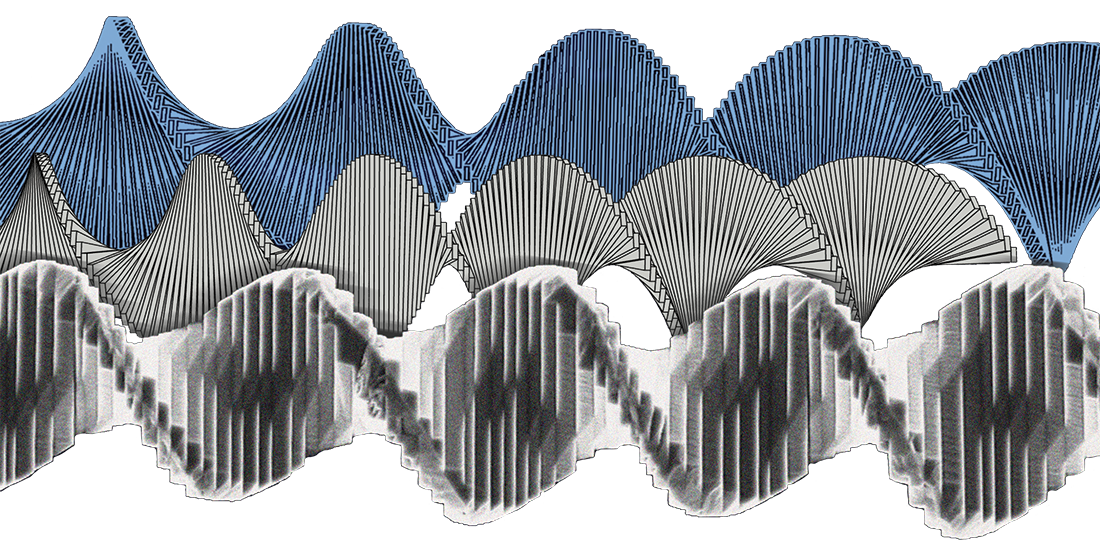
A surprising twist
Materials scientists from Berkeley Engineering and Lawrence Berkeley National Laboratory have created new inorganic crystals made of stacks of atomically thin sheets that unexpectedly spiral like a nanoscale card deck. Made of stacked layers of germanium sulfide, a semiconductor material, these helical crystals may yield unique optical, electronic and thermal properties, including superconductivity. Other researchers had successfully stacked two layers at a time, but this work shows how to synthesize stacked structures — potentially millions of layers thick — in a continuously twisting fashion. To create the structures, the team took advantage of a crystal defect called a screw dislocation, known as the Eshelby Twist, that gives the structure twisting force. By adjusting the material synthesis conditions and length, the researchers could change the angle between the layers, creating a helical structure. This technique could likely be used with other materials that form similar atomically thin layers.
Photo courtesy the researchers

